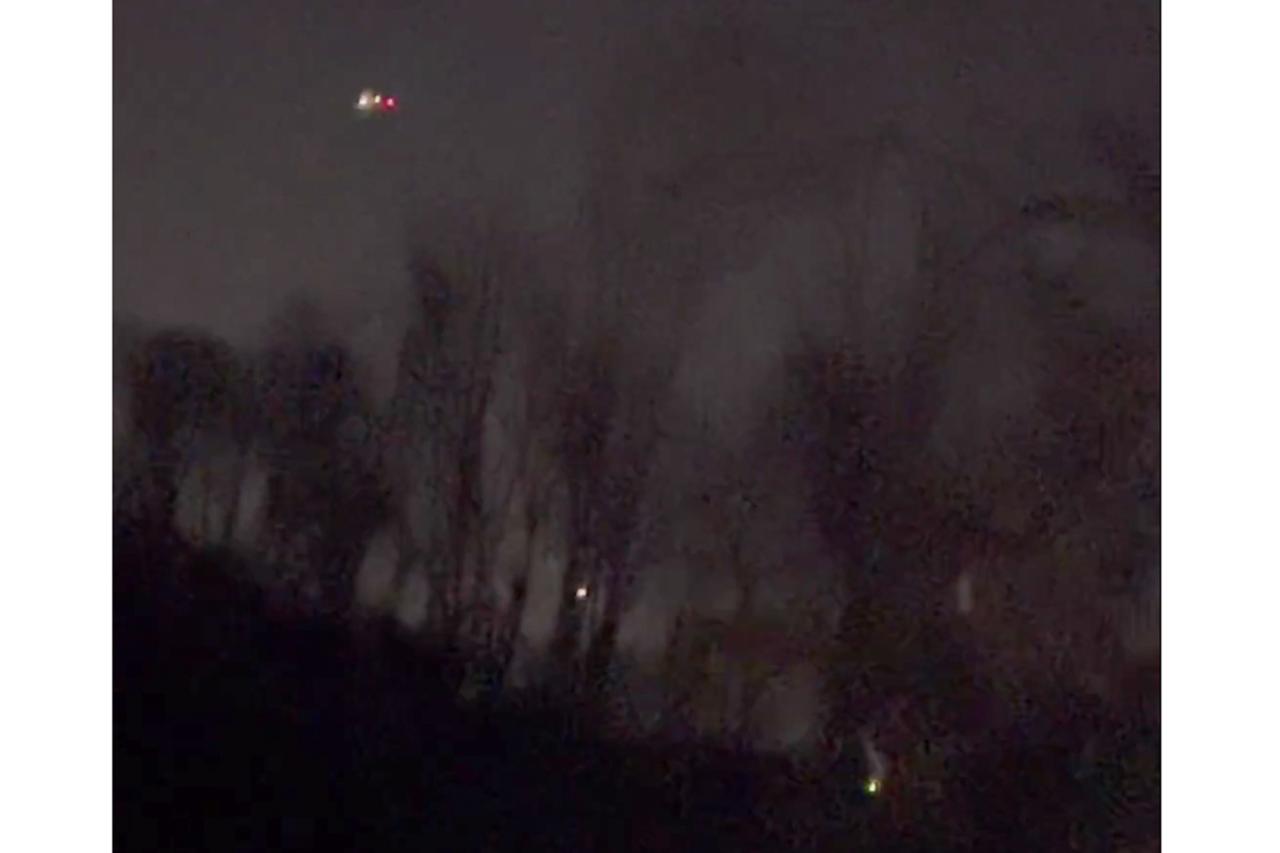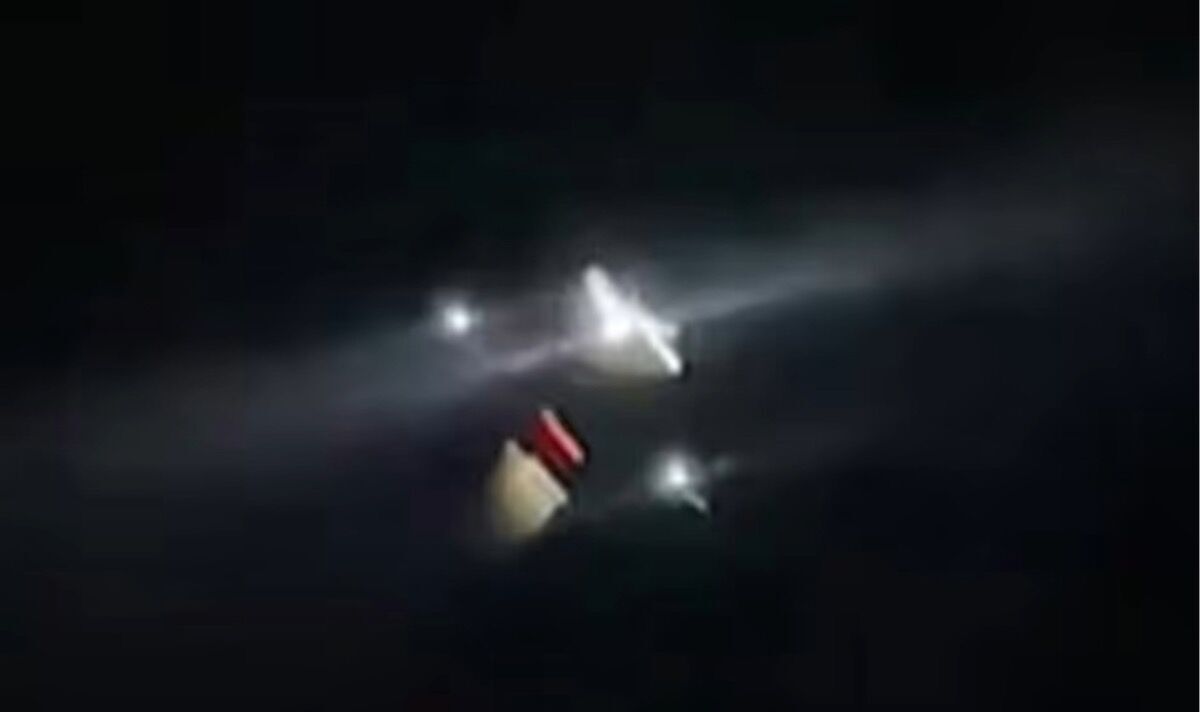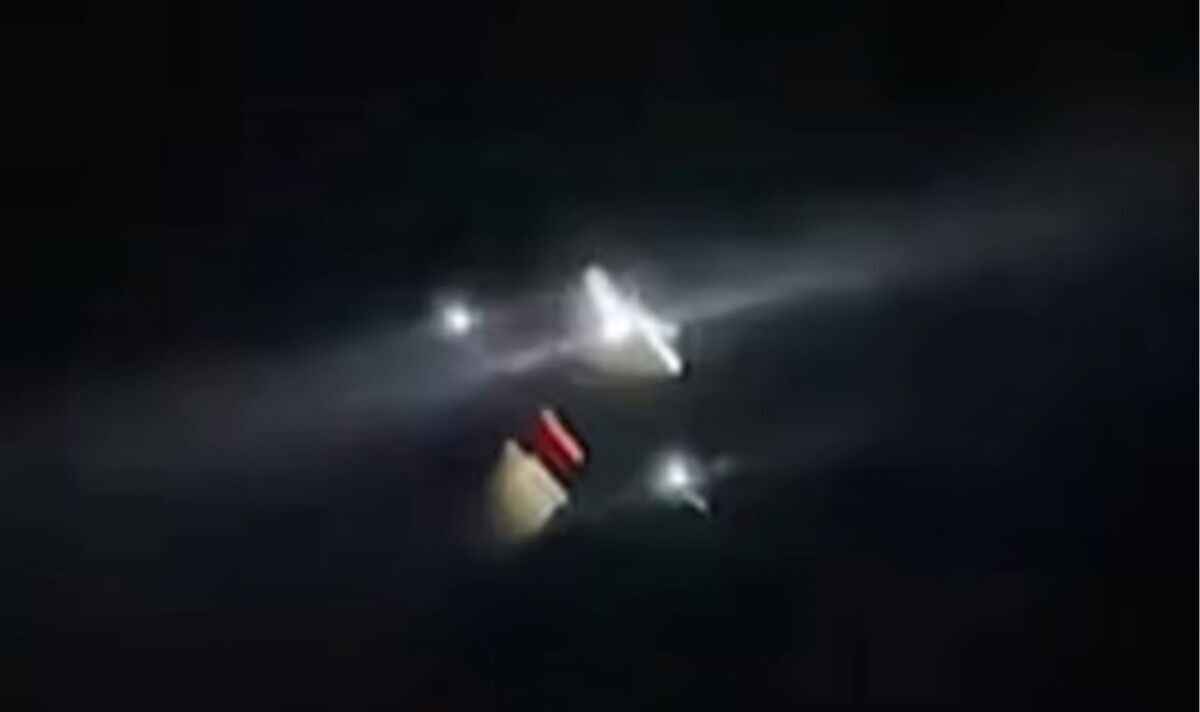NJ drone shot down—the headline alone sparks intrigue. This incident, unfolding in the skies above New Jersey, raises questions about security, legality, and the evolving landscape of drone technology. The specifics surrounding the drone’s characteristics, the circumstances of its destruction, and the subsequent investigation offer a compelling case study in the complexities of modern airspace management. We’ll delve into the details of the incident, examining the roles of law enforcement, the potential motives behind the action, and the broader implications for public safety and national security.
This analysis will explore the legal ramifications, the public’s reaction, and the technological advancements driving both drone capabilities and countermeasures. From the initial moments of the incident to the ongoing investigation and its potential consequences, we aim to provide a comprehensive understanding of this significant event.
The New Jersey Drone Incident: A Comprehensive Analysis: Nj Drone Shot Down

This article provides a detailed examination of a recent drone incident in New Jersey, exploring the circumstances surrounding the event, the responses of relevant authorities, potential motives, legal ramifications, public reaction, technological aspects, and implications for future safety and security measures. The analysis aims to offer a comprehensive understanding of this event and its broader significance.
Incident Details: The Downed Drone

The incident involved a commercially available quadcopter drone, approximately 18 inches in diameter with four rotors and a high-definition camera. While precise coordinates are unavailable for public release due to the ongoing investigation, the incident occurred near a sensitive military installation in a rural area of central New Jersey. The timeline suggests the drone was initially detected by radar systems monitoring the area.
After several unsuccessful attempts to establish contact with the drone operator, and following a determination that it posed a potential threat, the drone was neutralized by law enforcement approximately 30 minutes after its initial detection. The drone was operating autonomously, at a relatively low altitude, and showed no signs of carrying any additional payloads beyond the standard camera equipment.
Authorities Involved: Response and Investigation

The response involved a coordinated effort between several agencies. The New Jersey State Police, the Federal Aviation Administration (FAA), and the FBI all played significant roles in the incident’s handling. The drone was initially located using a combination of radar tracking and visual confirmation by helicopter-mounted surveillance equipment. Neutralization was achieved using a directed energy weapon, a non-lethal method aimed at disabling the drone without causing collateral damage.
The investigation is ongoing, focusing on identifying the drone’s operator and determining the intent behind its operation near the sensitive military installation. No search warrants have been publicly reported, but the investigation is expected to include interviews with potential witnesses and a thorough examination of the drone’s flight data recorder.
Potential Motives and Actors: Who and Why?, Nj drone shot down
Several potential motives exist for operating a drone near a sensitive military installation. These include malicious intent, such as espionage or sabotage, unintentional intrusion due to navigational errors or equipment malfunction, or even a deliberate act of defiance or protest. The profile of potential actors could range from individuals with limited technical expertise to organized groups with sophisticated drone operation capabilities.
While there is no evidence linking this incident to organized crime or terrorism at this time, the investigation is actively exploring all possibilities. Similar incidents have occurred in the past, often involving unauthorized drone flights near airports or other restricted areas. This incident differs in its proximity to a sensitive military site and the resulting use of force to neutralize the drone.
Legal and Regulatory Aspects: Drone Laws and Jurisdiction
Federal, state, and local laws governing drone operation in New Jersey are complex and vary depending on the drone’s size, purpose, and location. The FAA’s regulations regarding airspace restrictions, registration requirements, and operator certifications are paramount. Shooting down a drone, even under perceived security threats, carries significant legal implications. The legality of such action hinges on whether the drone posed an imminent threat to public safety or national security.
Legal arguments in favor of the action might center on the necessity to protect a sensitive site from potential harm. Arguments against might highlight the potential for excessive force or violation of the drone operator’s rights. A hypothetical scenario might involve a lawsuit filed by the drone operator against the authorities, claiming violation of property rights and excessive use of force.
News of the NJ drone being shot down understandably caused a stir. Many photographers, myself included, immediately considered the photographic implications; capturing such an event would require a camera with exceptional image quality and portability, like the fujifilm x100v , known for its compact size and impressive sensor. Ultimately, though, the focus remains on the security concerns raised by the incident in New Jersey.
The outcome would depend on the court’s assessment of the threat posed by the drone and the proportionality of the response.
Public Reaction and Media Coverage: Public Perception
Initial news reports and social media discussions reflected a mix of concern, curiosity, and debate regarding the incident. Some expressed support for the authorities’ actions, citing national security concerns, while others raised concerns about potential overreach and the lack of transparency in the incident’s handling. Media coverage varied in tone, with some outlets focusing on the security implications and others emphasizing the potential legal ramifications.
A hypothetical social media campaign to address public concerns could focus on education about drone regulations, responsible drone operation, and the measures in place to ensure public safety. This campaign could be compared to past campaigns related to similar events, focusing on how communication strategies can mitigate public anxiety and promote understanding.
Technological Aspects: Drone Technology and Countermeasures
The drone involved was likely a commercially available model equipped with a standard high-definition camera and GPS navigation. The technology used to detect and neutralize the drone involved radar systems, visual surveillance from helicopters, and directed energy weapons. Potential countermeasures against similar drone threats include improved radar systems with enhanced detection capabilities, anti-drone jamming technology, and the use of net-launching systems or other non-lethal capture methods.
The recent incident of a drone being shot down in New Jersey highlights the increasing concerns surrounding unauthorized drone flights. Understanding weather conditions is crucial for safe drone operation, and for a clear view of challenging terrain, you might find the coquihalla weather camera useful for comparative analysis. This emphasizes the importance of responsible drone usage, regardless of location, to prevent similar situations.
| Technology | Detection Method | Neutralization Method | Advantages |
|---|---|---|---|
| Radar Systems | Detects drone’s signal | Triggers alerts, guides interception | Long range, early warning |
| Optical/Infrared Cameras | Visual identification | Provides targeting information | High accuracy, visual confirmation |
| Jamming Technology | Disrupts drone’s communication | Causes loss of control | Effective against some drones |
| Net Launchers | Captures drone physically | Prevents further flight | Non-destructive, safe |
Safety and Security Implications: Future Prevention
This incident highlights the increasing challenges posed by unauthorized drone operations and the need for improved security measures to protect sensitive installations and public spaces. Improvements to drone regulations could include stricter registration requirements, more robust airspace management systems, and enhanced penalties for violating regulations. Strategies for preventing future incidents could involve increased investment in drone detection and countermeasure technologies, improved public awareness campaigns on responsible drone operation, and closer collaboration between law enforcement agencies and drone manufacturers.
A proposed plan for improving drone identification and tracking systems could include integrating advanced AI-powered identification systems into existing surveillance networks, along with the development of standardized drone identification tags and data-sharing protocols among various agencies.
The shooting down of a drone in New Jersey serves as a stark reminder of the evolving challenges posed by unmanned aerial vehicles. This incident highlights the need for clear regulations, effective detection technologies, and a proactive approach to mitigating potential risks. The investigation’s outcome will undoubtedly shape future drone policies and practices, impacting both civilian and commercial drone operations.
Further, the public discourse surrounding this event underscores the importance of open communication and transparency in addressing emerging security concerns in the age of increasingly sophisticated drone technology.
Clarifying Questions
What type of drone was shot down?
The specific model of the drone remains undisclosed pending the investigation.
Were there any injuries reported?
No injuries were reported in connection with the incident.
What is the current status of the investigation?
The investigation is ongoing, and further details are expected to be released as they become available.
What penalties could the person who shot down the drone face?
Penalties vary depending on the circumstances and could range from fines to criminal charges.
